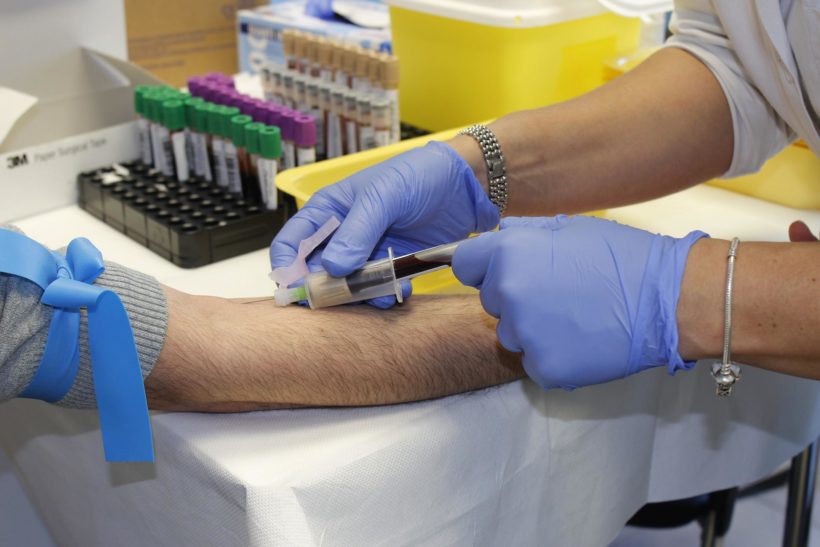June 14th is World Blood Donor Day.
The aim according to the World Health Organisation (WHO) is to raise global awareness of the need for safe blood and blood products for transfusion.
Also, to highlight the contribution that voluntary unpaid blood donors make to national health systems.
According to WHO:
- Blood and blood products are essential resources for the effective treatment of women suffering from haemorrhage related to pregnancy and childbirth.
- For children suffering from severe anaemia due to malaria and malnutrition.
- For patients with bone marrow disorders, haemoglobin disorders and hereditary immunodeficiency diseases.
- For victims of trauma, emergencies, disasters and accidents.
- As well as patients undergoing complex medical and surgical procedures.
The need for blood is universal, but access for all who need it is not: Blood shortages are particularly acute in low- and middle-income countries.
To ensure access to safe blood for everyone who requires a transfusion, all countries need voluntary, unpaid blood donors who give blood regularly.
An effective blood donation programme characterised by broad and active participation of the population is crucial to meet the need for blood transfusions in times of peace. Also, during emergencies or disasters that cause a sudden surge in demand for blood. Or when the normal functioning of blood services is affected.
A supportive and highly supportive social and cultural environment facilitates the development of an effective blood donation programme.
In addition, blood donation contributes to building social bonds and forging a cohesive community.
Some facts and figures according to the WHO
- 40% of the 118.5 million blood donations collected worldwide are collected in high-income countries. This is where 16% of the world’s population lives.
- In low-income countries, up to 54% of blood transfusions are given to children under 5 years of age, while in high-income countries, the most frequently transfused patient group is the over-60s, who receive up to 76% of all transfusions.
- The blood donation rate per 1000 people is 31.5 donations in high-income countries, 16.4 in upper-middle-income countries, 6.6 in lower-middle-income countries and 5.0 in low-income countries.
- Between 2008 and 2018, an increase of 10.7 million units of blood donated by voluntary unpaid donors has been reported.
- Overall, in 79 countries this group of donors contributed more than 90% of their blood supply; however, in 54 countries more than 50% of the blood supply comes from family or close relatives or paid donors.
- Only 65 of the 171 countries that provided data manufacture plasma-derived medicinal products by fractionation of home-collected plasma. A total of 91 countries reported importing all plasma-derived medicinal products, 16 countries reported that they did not use any plasma-derived medicinal products during the reporting period and 8 countries did not answer the question.
- The volume of plasma for fractionation per 1000 population varied considerably among the 44 reporting countries, ranging from 0.1 to 52.6 litres, with a median of 5.2 litres.
For more articles from the Humanist Health News Network, Rehuno Salud: Visit the REHUNO Salud website.












